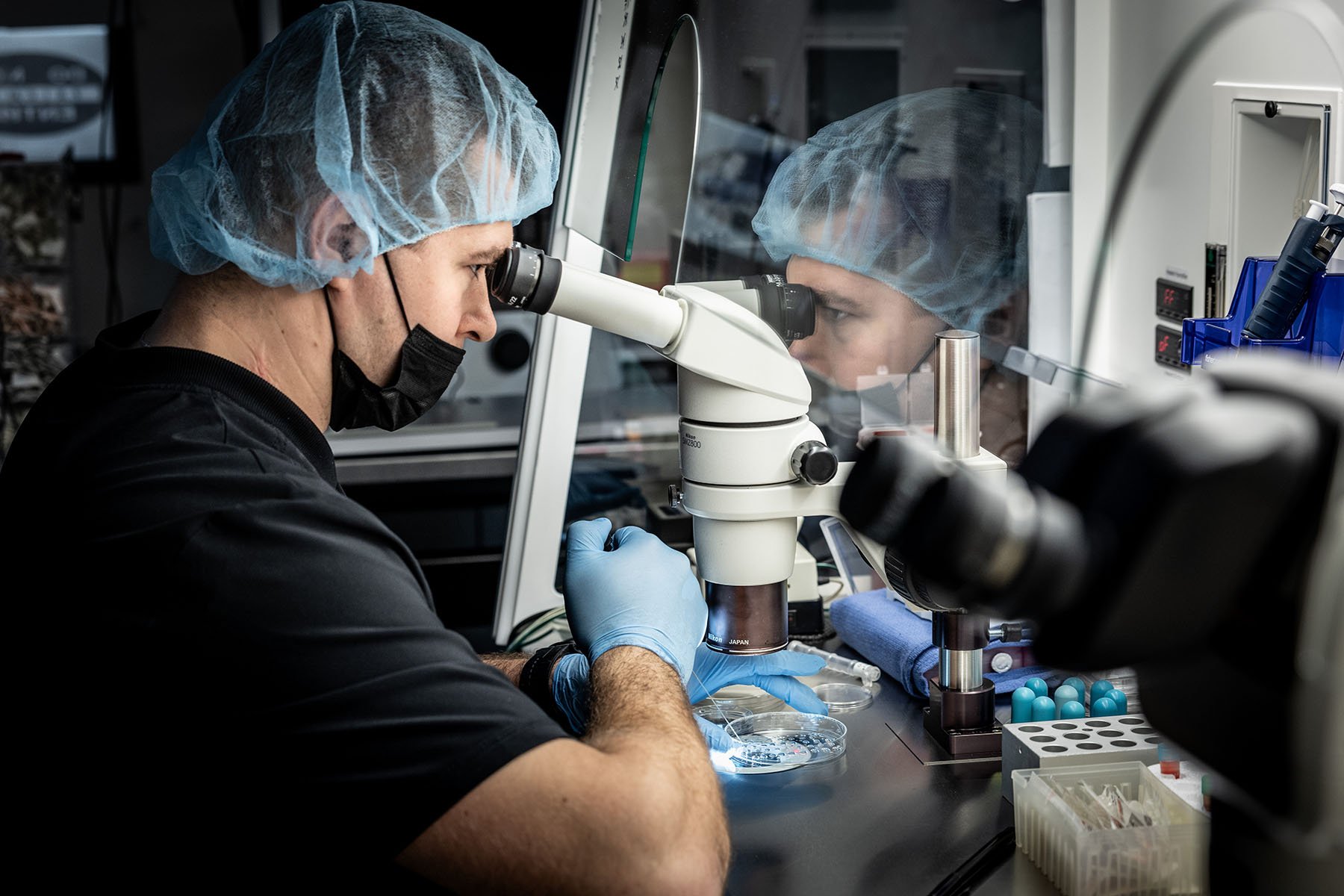Copyright The 19th*

The largest known study on elective fertility preservation has found that more women in the United States are freezing their eggs than ever before. However, only a small proportion of patients return to thaw those eggs in hopes of getting pregnant. The number of planned elective oocyte cryopreservation, or egg freezing, cycles across the country nearly quadrupled between 2014 and 2021, from 4,153 to 16,436. Yet just 5.7 percent of those women returned to use their frozen eggs for in vitro fertilization (IVF) within the study’s follow-up period of 5-to-7 years, researchers from the University of California, Los Angeles found. The peer-reviewed study, published online in American Journal of Obstetrics and Gynecology in August 2025, also revealed that women are starting to freeze their eggs younger. The average age of elective oocyte retrieval patients declined from 36 years in 2014 to 34.9 years in 2021. Return rates for use were highest among patients who were older when they froze their eggs. Among people who froze their eggs between ages 38 and 42, roughly 8 percent returned to use them. Rewire News Group spoke with the study’s lead author, Dr. Mabel Lee, a reproductive endocrinology and infertility physician at UCLA Health, to discuss what the findings mean about elective fertility preservation in the U.S. today. This interview was conducted over email in two separate exchanges. The answers have been combined and edited for length and clarity. What do you make of the data showing that relatively few patients return to use their eggs? We cannot predict future fertility and who will need or choose to use their cryopreserved oocytes. Despite freezing eggs, many patients will likely try to conceive naturally first, and, unless they experience infertility or recurrent pregnancy losses, may never need to utilize their cryopreserved oocytes. However, when patients did return to warm their oocytes, the outcomes were reassuring, and cumulative live birth rates were comparable to overall IVF outcomes. I think the findings in our study reflect that elective egg freezing is a way of increasing the possibility of pregnancy in the future — but is by no means a guarantee of pregnancy. What are some of the reasons behind the low rate of egg utilization that the study reports? Our study is limited by the short follow up time. Only 13 years have passed since planned oocyte cryopreservation became non-experimental, and only 11 years since the national database SART-CORS [a national database that collates data on all assisted reproductive technology cycles] began to report cycles for fertility preservation only. The 5-7-year follow up time … limits our analysis of oocyte warming to only egg-freeze cycles that occurred between 2014 and 2016, which may lead to an underestimation of how many people overall have returned to warm their frozen eggs since 2014. For instance, people who froze their eggs in 2018 and returned in 2021 would not be included. (Editor’s note: Other research shows that in the long-run perhaps 21 percent of all patients who freeze their eggs eventually get pregnant with assistive technology.) Additionally, we only focused on egg freezing solely for fertility preservation purposes; we excluded patients freezing their eggs for medical or cancer indications. These patients are more likely to need to return to use their eggs due to the underlying conditions impacting their reproductive potential. Tell me more about differences in reproductive behaviors by age or by other criteria like education, income, generation and the like. While our study did not look at demographic factors other than race/ethnicity and geographical regions, it is well-established in the literature that patients from a higher socioeconomic background and increased education level are not only more likely to delay childbearing, but also are more likely to access assisted reproductive technologies. The exponential increase in patients undergoing elective egg freezing and at younger ages suggests that there is wider acceptance and utilization of these technologies in younger generations compared to older generations. What are some of the major technological advances that have helped improve success rates of preservation and post-thawing success? The main technological advance that has improved success rates of egg freezing has been the introduction of vitrification as a technique. (Editor’s note: Vitrification is an ultra-rapid cooling cryopreservation method using chemical solutions, or cryoprotectants.) Prior to vitrification, freezing techniques often resulted in damage to the oocytes. … The technique has significantly improved outcomes, with survival rates of greater than 90 percent. So far, the evidence shows that human embryos and oocytes can be cryopreserved indefinitely. Just a few months ago, a baby was born after using an embryo that was cryopreserved in 1994. Is there anything else that you want to add that I did not ask? This is the largest U.S. study to date on elective fertility preservation and provides insight into the clear shift in reproductive behavior as more women delay childbearing to pursue education, careers, and personal goals. Within this context, egg freezing offers a powerful and effective form of reproductive autonomy and flexibility.



